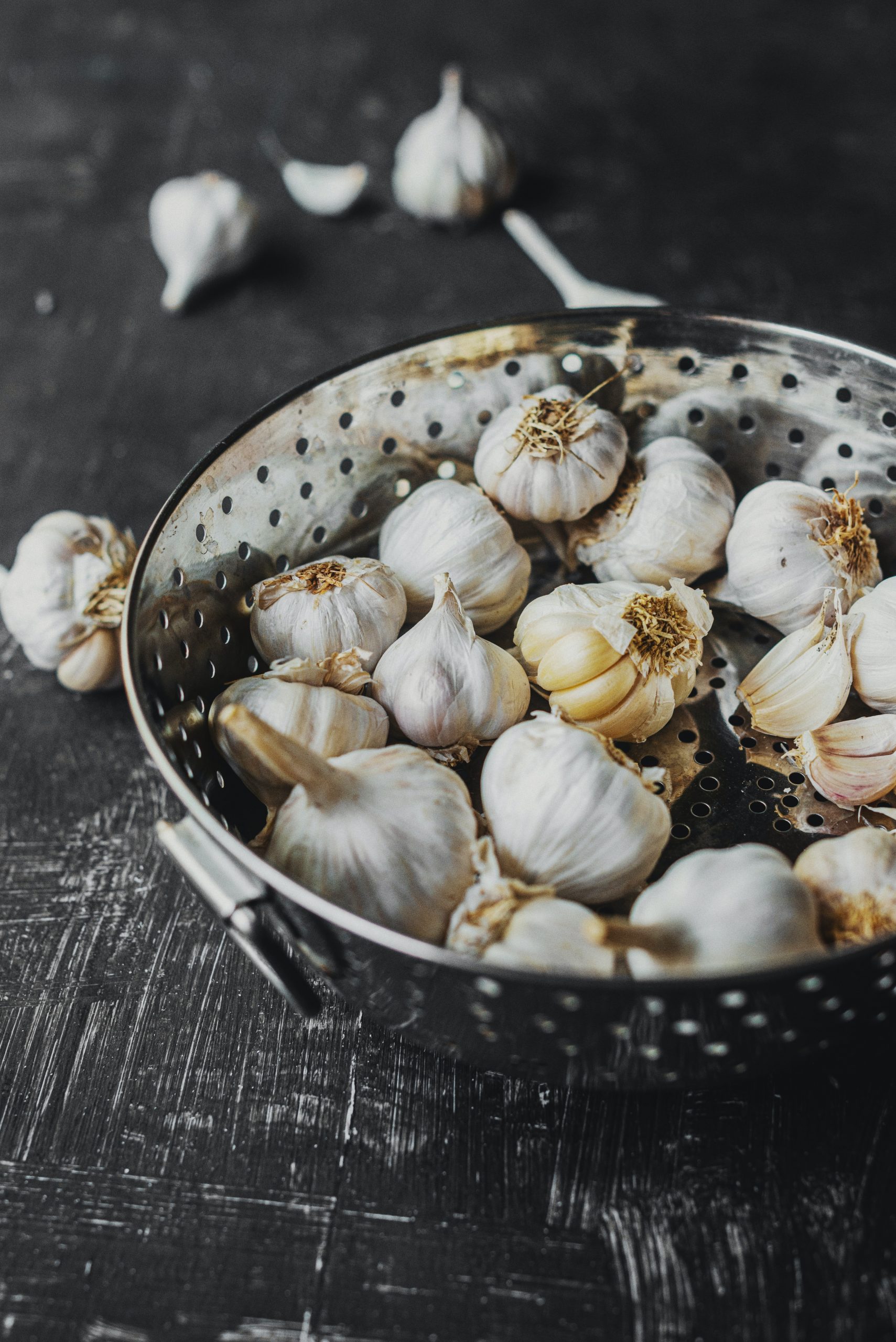In the evolving landscape of the food industry, the spotlight is increasingly falling on the humble herbs and spices. These natural flavor enhancers are proving to be formidable allies in the quest to improve food quality by replacing less desirable ingredients. The latest research and trends highlight how these natural ingredients are stepping up to the plate, not only to enrich flavor but also to offer health benefits, reduce artificial additives, and support sustainable practices.
The Historical Context
Historically, herbs and spices have played a crucial role in culinary traditions across the globe. From the vibrant turmeric used in Indian cuisine to the aromatic basil in Mediterranean dishes, these ingredients have been cherished for their flavor and medicinal properties. However, their role has expanded significantly in recent years, particularly in response to changing consumer preferences and advancements in food technology.
The Shift from Artificial to Natural
The low-fat craze of the 1990s led many food companies to remove saturated fats from their products, often replacing them with sugar and other artificial additives to maintain taste and texture. This shift, however, had unintended health consequences, contributing to the rise in obesity and related diseases. Today, there is a growing demand for natural, healthier alternatives, and herbs and spices are at the forefront of this movement.
Recent studies have demonstrated that herbs and spices can effectively replace artificial additives without compromising on flavor or shelf life. For example, rosemary extract is being used as a natural preservative due to its antioxidant properties, while spices like cinnamon and clove are known for their antimicrobial benefits. This not only enhances the nutritional profile of food products but also aligns with consumer demand for clean labels and transparency in food sourcing.
Enhancing Flavor and Nutrition
One of the significant advantages of using herbs and spices is their ability to enhance the flavor profile of food naturally. Culinary experts and food scientists are exploring how these ingredients can replace high levels of salt, sugar, and unhealthy fats. According to the American Heart Association, reducing sodium intake is crucial for heart health, and herbs and spices offer a flavorful alternative.
For instance, a study published in the Journal of Food Science highlighted that using a blend of herbs and spices can significantly reduce the need for salt without sacrificing taste. This approach is particularly beneficial in processed foods, where high sodium content has been a longstanding issue. Furthermore, spices such as cayenne pepper and ginger are known for their metabolism-boosting properties, adding another layer of health benefits.
The Science Behind the Flavor
The effectiveness of herbs and spices in improving food quality is rooted in their complex chemical compositions. These ingredients are rich in essential oils, antioxidants, and other bioactive compounds that interact synergistically to enhance flavor and provide health benefits. For example, the antioxidant properties of turmeric’s active compound, curcumin, have been extensively researched for their potential anti-inflammatory and anticancer effects.
Moreover, the use of advanced extraction techniques, such as supercritical fluid extraction, has enabled the industry to isolate and concentrate these beneficial compounds more effectively. This not only improves the potency and consistency of herbal extracts but also opens up new possibilities for their application in food products.
Industry Innovations and Applications
The food industry is witnessing a surge in innovations that leverage the power of herbs and spices. Companies are developing new products that cater to health-conscious consumers by incorporating these natural ingredients in various forms, such as powders, extracts, and essential oils. For example, the incorporation of herb and spice blends in snack foods, beverages, and even dairy products is becoming increasingly common.
A notable example is the use of oregano oil in meat products to extend shelf life and enhance safety. According to a report by the National Center for Biotechnology Information, oregano oil’s antimicrobial properties make it an effective natural preservative, reducing the reliance on synthetic additives. Similarly, the beverage industry is exploring the use of spices like ginger and cardamom to create health-boosting drinks that appeal to modern consumers.
Addressing Sustainability and Ethical Sourcing
In addition to health benefits, the use of herbs and spices aligns with broader sustainability and ethical sourcing goals. Many of these ingredients are grown in regions that rely on sustainable agricultural practices, supporting local economies and reducing the carbon footprint associated with food production. The Fair Trade movement, for instance, ensures that herbs and spices are sourced ethically, providing fair wages and improving living conditions for farmers.
The focus on sustainability is also driving research into vertical farming and hydroponic systems for growing herbs in urban settings. This approach not only reduces the environmental impact but also ensures a fresh and consistent supply of high-quality ingredients year-round.
Challenges and Future Prospects
Despite the promising potential of herbs and spices, there are challenges that the industry must address. Ensuring consistent quality and potency, overcoming regulatory hurdles, and managing costs are critical factors that need attention. However, ongoing research and technological advancements are paving the way for overcoming these obstacles.
The future of food looks promising with the integration of herbs and spices. As the industry continues to innovate and adapt, these natural ingredients are set to play a pivotal role in creating healthier, tastier, and more sustainable food products. The synergy between traditional culinary wisdom and modern science is unlocking new possibilities, making it an exciting time for food enthusiasts and health-conscious consumers alike.
In conclusion, the transformative power of herbs and spices in the food industry is undeniable. From enhancing flavor and nutrition to supporting sustainability and ethical sourcing, these ingredients are leading the charge toward a healthier and more responsible food system. As research and innovation continue to unfold, we can expect to see even more creative and beneficial applications of these natural wonders in our daily diets.
For more information on the latest trends and research in food science, visit the Food and Drug Administration and the American Society for Nutrition. These resources provide valuable insights and updates on how the food industry is evolving to meet the needs of today’s health-conscious consumers.


 Tips & Advice4 years ago
Tips & Advice4 years ago
 News & Stories3 years ago
News & Stories3 years ago
 Restaurants3 years ago
Restaurants3 years ago
 Recipes3 years ago
Recipes3 years ago
 Kitchen Gadgets3 years ago
Kitchen Gadgets3 years ago
 Kitchen Gadgets3 years ago
Kitchen Gadgets3 years ago
 Kitchen Gadgets3 years ago
Kitchen Gadgets3 years ago
 Chefs4 years ago
Chefs4 years ago














